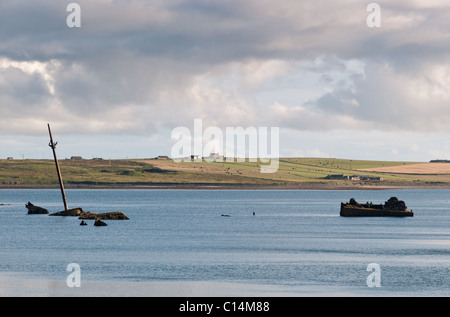

The region is classified as a polar desert with very low annual average temperatures (−5 oC to −15 oC at sea level) and scant precipitation (200–800 kg m −2 a −1). Here we focus on the recent behavior of the three main outlet glaciers that feed the Matusevich Ice Shelf (MIS), an ice shelf that occupied a fjord (Figure 1) on the northeastern side of October Revolution Island, the central, and largest island of the archipelago.Īt 240 km 2, the MIS was the largest of the ice shelves of the Russian High Arctic. Background image is from ASTER 25 June 2005.ĭespite the relatively low rate of recent mass loss at SevZ, significant changes are occurring to several ice caps in the north, central, and western parts of the archipelago. Glacier outlines are from Randolph Glacier Inventory (RGI) and this study. Inset map in top left shows location of MIS within Severnaya Zemlya. Inset map in bottom right shows location of Severnaya Zemlya Archipelago. Area within dotted lines detailed in Figure 6. Profiles A-A′, B-B′, and C-C′ are detailed in Figure 4. ICESat/GLAS d h/d t rates from 2003 to 2009. The heavily crevassed MIS during a period of relative stability, 25 June 2005. The glaciers of the Russian Arctic are predicted to become major contributors to sea level rise over the next century under scenarios of continued warming. This is surprising considering the area rapidly warmed at a rate of ~2☌ per decade between 19. Spaceborne altimeter and gravity observations indicate that the 16,700 km 2 of glacier ice on SevZ lost mass at an average total rate of ~1.0 to 2.0 Gt a −1 between 20, a water equivalent (we) rate of −0.08 ± 0.05 m a −1 we. The most southern of the Russian ice shelves occur at the Severnya Zemlya Archipelago (SevZ) (Figure 1).

Small ice shelves are present in the Russian Arctic, a region that is relatively lightly studied compared to Svalbard, Arctic Canada, or Greenland. It is not known whether the glaciers that once fed these ice shelves have accelerated and thinned in a manner similar to Antarctic feeder glaciers. Several ice shelves on the northern coast of Ellesmere Island in Canada collapsed during the last few decades. Arctic ice shelves are smaller and rarer. Each time an Antarctic ice shelf has collapsed the glaciers that once nourished the shelf have thinned and accelerated dramatically. Several ice shelves on the Antarctic Peninsula have collapsed since the mid-1990s'. When an ice shelf collapses these resistive forces are reduced and the outlet glaciers that once fed the ice shelf typically accelerate and thin. Drag forces at the grounding line, along the shoreline, and on shoals and small islands offshore provide resistance to the motion of glaciers that feed the ice shelf from further inland. Ice shelves form when ocean temperatures are cool enough to sustain floating glacier ice that spreads out laterally to fill a fjord or marine embayment. Further observations are required to assess whether the thinning and nonmelt season glacier speeds are continuing to accelerate. It is possible that the MIS was already very weak prior to the 2012 collapse and unable to support back stress.

To date, changes in surface elevation (d h/d t) and velocity at the outlet glaciers near MIS are smaller than glacier responses to ice shelf collapse in Antarctica. The springtime speeds of the largest outlet glacier (Issledovateley) have increased more than 200% at the terminus between April 2010 and April 2014. Recent, 2012 to 2014 thinning rates are three to four times faster than the 30 year average thinning rate, calculated between 19. We find that the three main outlet glaciers that fed the MIS are thinning an order of magnitude more rapidly than most of the rest of Severnaya Zemyla, based upon ICESat data from 2003 to 2009. Glacier speeds are measured by pixel-tracking from optical and RADAR imagery between 20 and interferometric synthetic aperture radar in 1995 to compare precollapse and postcollapse velocities. We use spaceborne laser altimetry and multiple optically derived digital elevation models to track ice surface elevation change rates (d h/d t) between 19. We examine the response of the outlet glaciers that fed the MIS from local ice caps to the removal of the ice shelf. The Matusevich Ice Shelf (MIS), located within the Severnaya Zemlya Archipelago in the Russian Arctic, rapidly broke apart between 10 August and 7 September 2012.


 0 kommentar(er)
0 kommentar(er)
